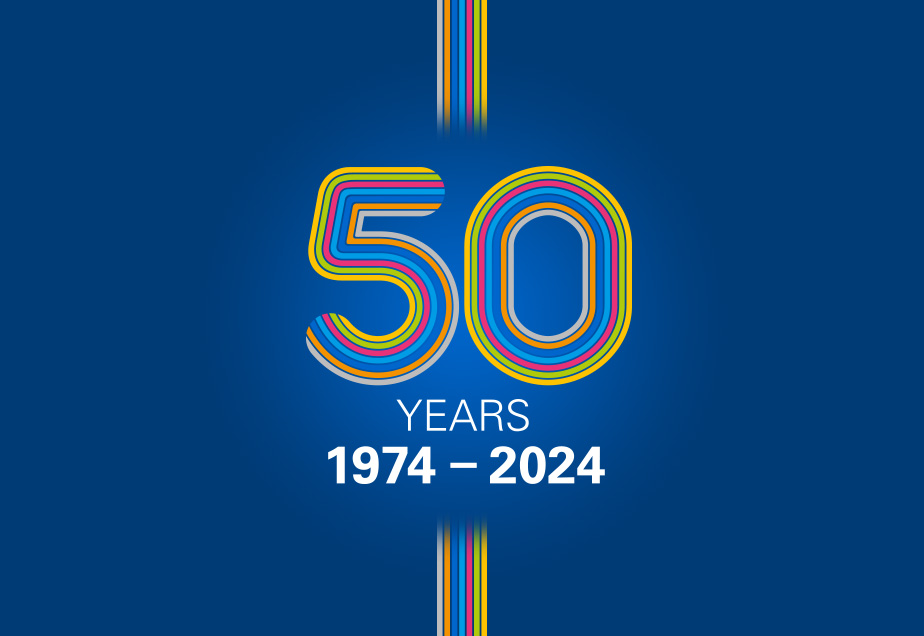Tuesday 12 March 2024
- Company news
The 80s – building up our strength
Along with Rubik’s Cubes and mobile phones, Houston Casualty Company (HCC) celebrated its 10-year anniversary in the 1980s. As the business matured into its distinctive culture and brand identity, the rest of the world was also transforming.

Politics was dominated by two characters: President Ronald Reagan in the U.S. and Prime Minister Margaret Thatcher in the UK. What’s more, punk culture and new-wave fashion grew in popularity – ripped jeans and jackets, spiked hair and heavy makeup became all the rage.
This is the next chapter in the story of how HCC, now known as Tokio Marine HCC, became the insurance powerhouse it is today.
Affirming its organizational identity in a changing world
In December 1981, Houston Casualty was founded in Texas as the International Indemnity Company of Texas. This new entity became a subsidiary of Houston Casualty Insurance Holdings, Inc., marking a strategic expansion of the company's structure and potential reach.
By May 1983, as Michael Jackson’s Beat It topped the charts, Houston Casualty Company was born. This rebranding was more than a change of name. It signified a renewed commitment to HCC’s core values and an affirmation of its roots in the Houston area, a hub of economic activity and innovation.
HCC embraces changing consumer habits and diversifies
The early 1980s saw the global economy gradually emerge from the shadows of recession. Along with this change in economic fortunes, the popularity of business-class flight tickets exploded in the U.S., having failed to gain momentum in the 1970s. HCC, seizing the moment, expanded its aviation insurance portfolio, tapping into the burgeoning growth of air travel which had become increasingly accessible.
In 1984, HCC achieved a significant milestone by obtaining its inaugural financial strength rating. The B+ rating from AM Best underscored HCC's solid financial position.
Prioritizing innovative solutions to exceed client’s expectations
The late 1980s were characterized by a technological revolution sweeping across industries, not least thanks to the meteoric rise of the personal computer. HCC was quick to embrace this wave of innovation. The firm invested in advanced computer systems to refine its underwriting processes and enhance customer service.
Throughout the decade, this cultural and technological change influenced HCC's operations and ethos. The company's growth trajectory was not just a product of economic trends but also of a deliberate strategy that prioritized innovation, customer focus and market responsiveness.
As the 1980s came to a close, HCC had firmly established itself as a resilient and forward-thinking player in the insurance market. In the last three years of the decade, HCC underwrote a total of $129 million gross written premium. The company's journey through the decade is a testament to its ability to navigate and capitalize on the opportunities presented by a rapidly changing world.
The 80s quickly gave way to the 90s. It is at this juncture that we will resume our story in the upcoming instalment of our series. Stay tuned for more!
You can find more about our 50th Anniversary celebrations here or read our previous blog post here.



